An exhibition opens with the two cultures facing each other, a Persian facing off against a Greek, but rather than rivals as is usually portrayed in the history books, both statues come from Cyprus, where they were jointly worshiped.
That sets the tone for this new exhibition at the British Museum which looks occasionally at the wars between the two dominant Mediterranean cultures, the Persians and the Greeks, but mainly looks at how they influenced each other and shared ideas, if not always ideals.
If you’re here for the wars and battles you learned at school, then this is not the exhibition for you. Alexander the Great makes a brief appearance, but in a corner that’s easy to miss.
As an exhibition, it’s more interesting, looking at how the two culture’s similar and yet in places widely divergent social opinions differed. It’s as if a future museum puts on a display comparing the guns and god version of America to a secularist social democratic Europe. Similar, but oh so very different.
One example on show is a typical set of Persian riding clothes, with trousers — but the Greeks considered wearing trousers to be the defining characteristic of the foreigner.
There’s also the difference in political systems, with the somewhat democratic Greeks vying with the monarchist Persia.
One of the defining differences highlighted by the exhibition though is the attitude to wealth. The Greeks were rich, but it was considered the height of bad manners to look rich. Any display of personal wealth was seen as decadent and putting yourself above others, in contrast to the Persians reveling in personal appearance.
Considering the people’s disapproval of displays of wealth by the aristocratic members of society, what’s fascinating is that there’s still a strong element of “Keeping Up with the Joneses” amongst the middle classes, and often using cheaper metals to imitate their richer neighbours. Examples in the exhibition range from fake purple dyes to simple pottery in the same design as silver vessels to bronze bowls being coated in tin to look like they’re actually made of silver. That must have taken a lot of polishing.
For all their disapproval of ostentatious displays of wealth, it’s not to say this is an exhibition of middle-class mundanity, as it ends with the Panagyurishte treasure – a stunning collection of ornately decorated goldware.
It helps that Athens disapproved of displays of wealth by men, for men held the political power, but women, who were powerless, were free to bling up as much as they wanted. So there’s a lot of bling on display for the ladies, from small delicate jewels to marvelous goldwork such as a remarkable small model of a Persian chariot with horses.
There is a dark undertone in this exhibition in how people responded to the merging of cultures that sadly still echoes down the ages to the modern day, a concern that our native purity is being polluted by foreign influences.
“It was filthy money that first imported foreign ways, and effete wealth that corrupted our era with its disgusting decadence” – Juvenal, Roman satirical poet.
It’s a reminder that millennia of development and human biases aren’t really that different from our ancient cousins.
This is an exhibition that will shine a fresh light on the social and political attitudes of two rival cultures and will leave you with a better understanding of why their much better-known wars were so robustly fought – as much over treasure and land as to suppress the wrong way of thinking.
The exhibition, Luxury and Power: Persia to Greece is at the British Museum until 13th August 2023.
Adults: £15 | Children: Free | Concessions: £13 | Members: Free
Tickets can be booked from here.

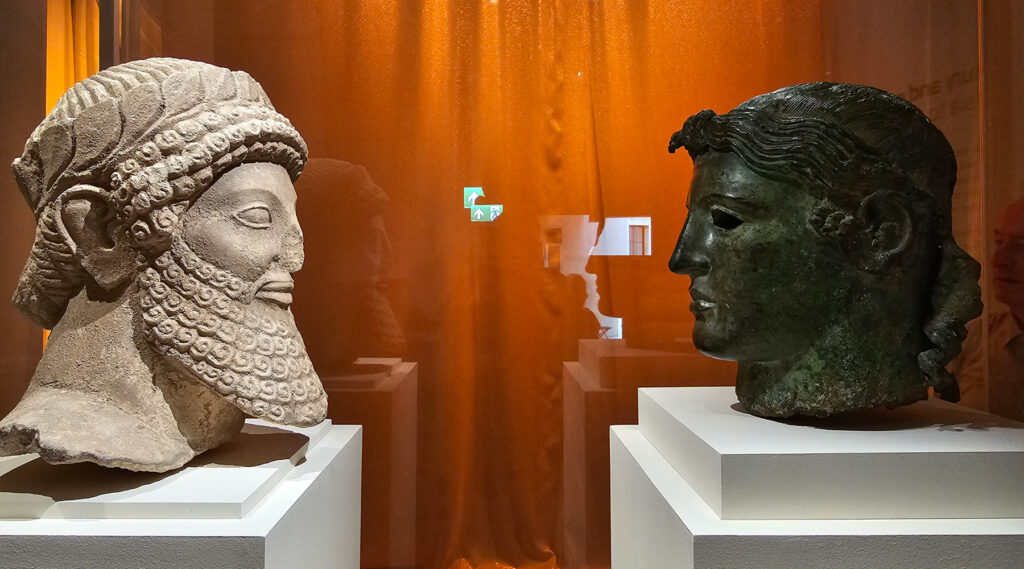
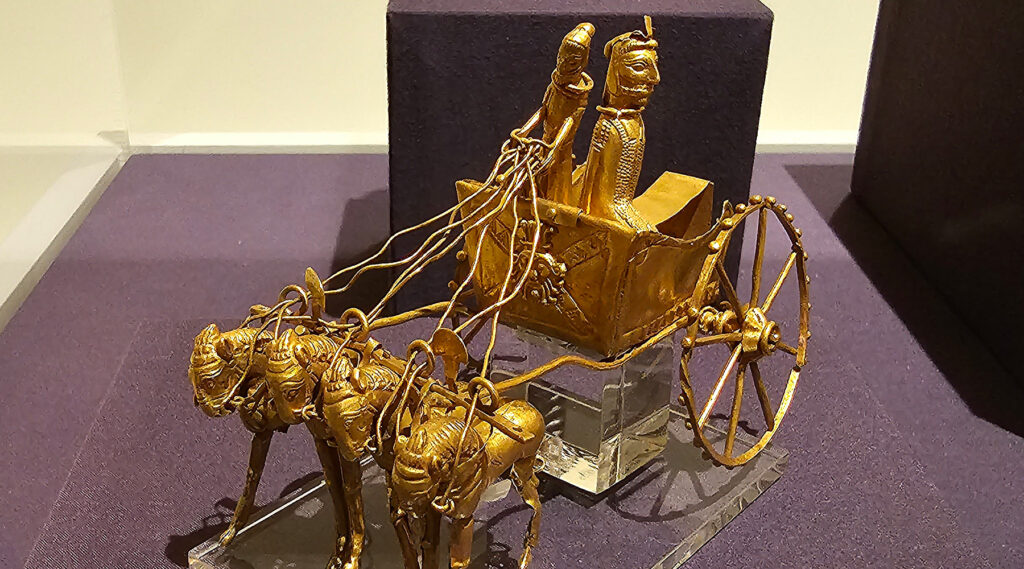
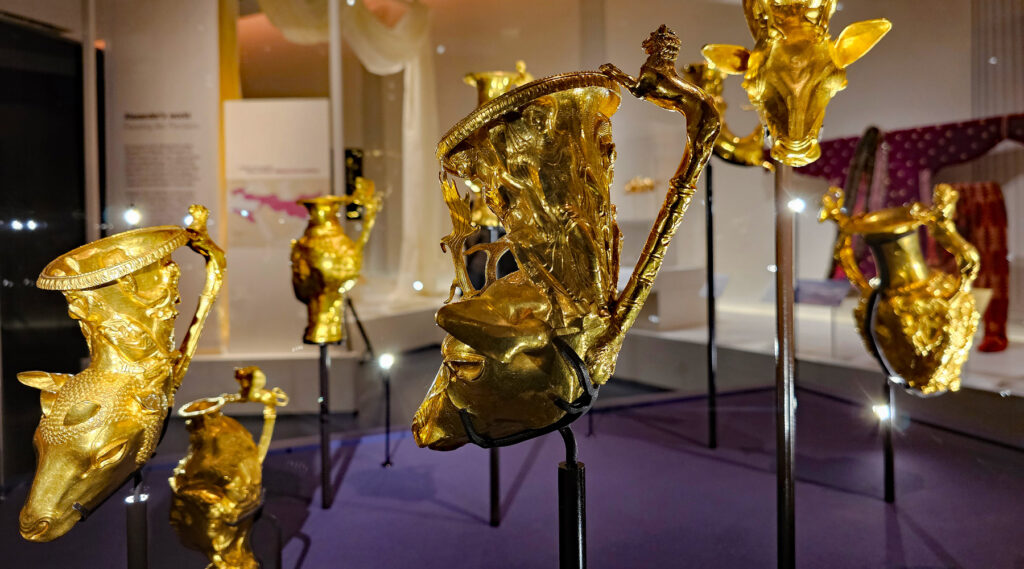
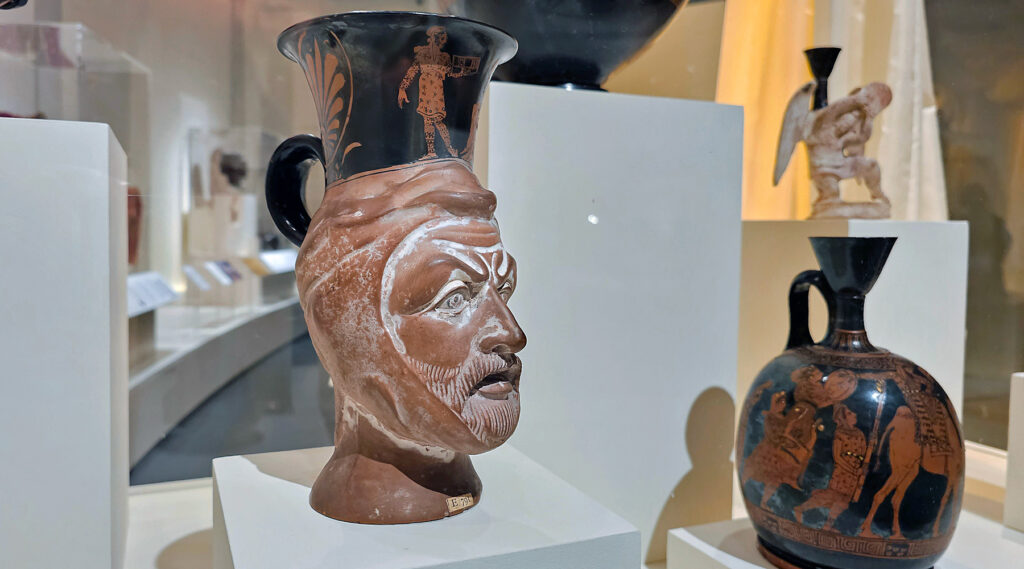
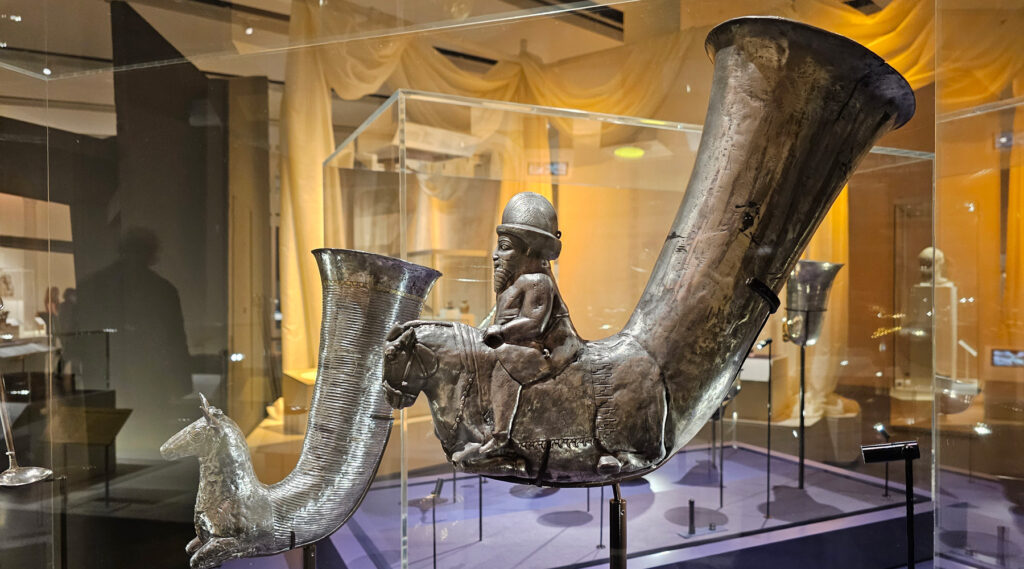






I am not sure Juvenal is really evidence of a dark undertone in ancient Greek attitudes to the Persians as he was a Roman not a Greek and he was writing almost 700 years after most of the relevent events mentioned in the exhibition happened.